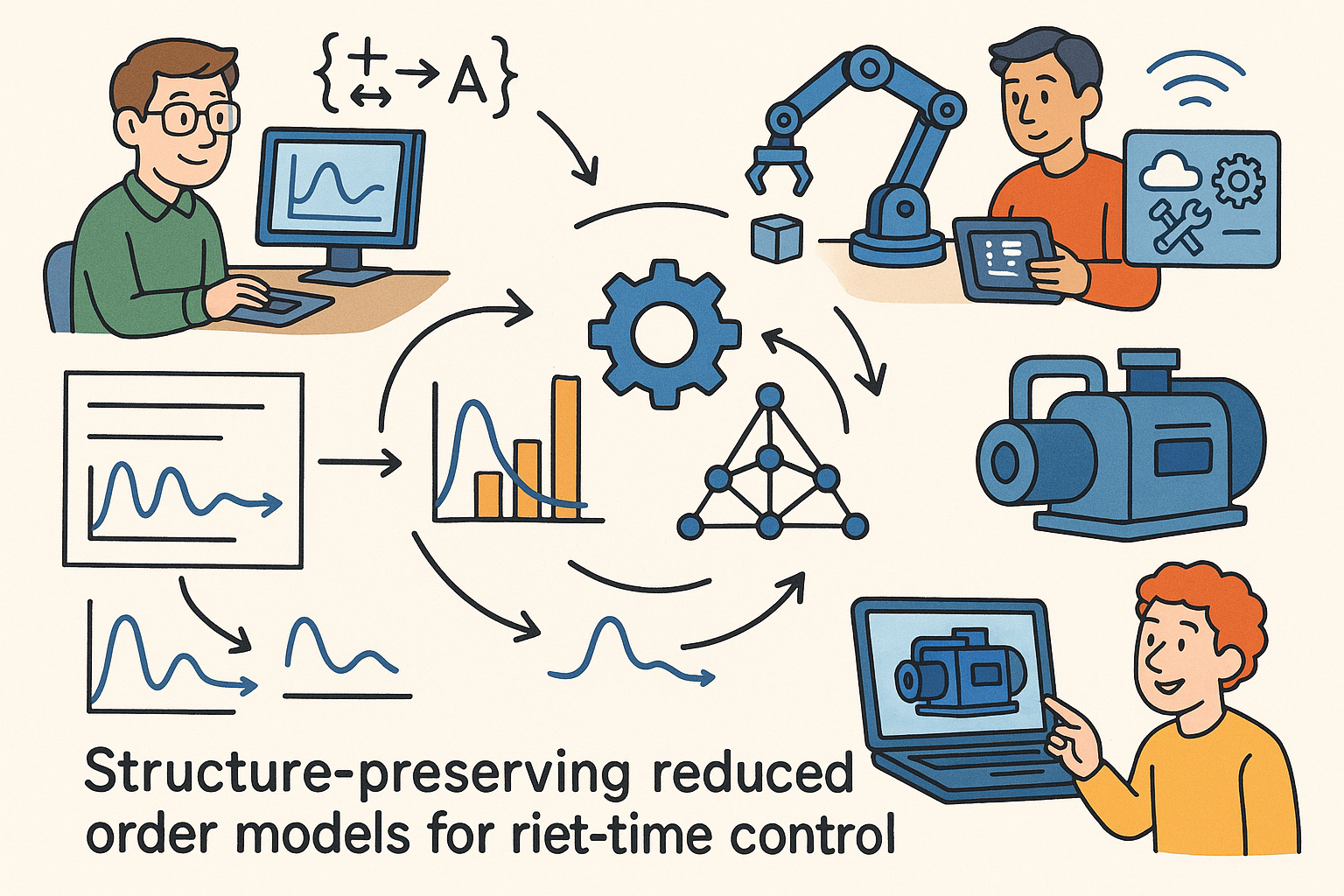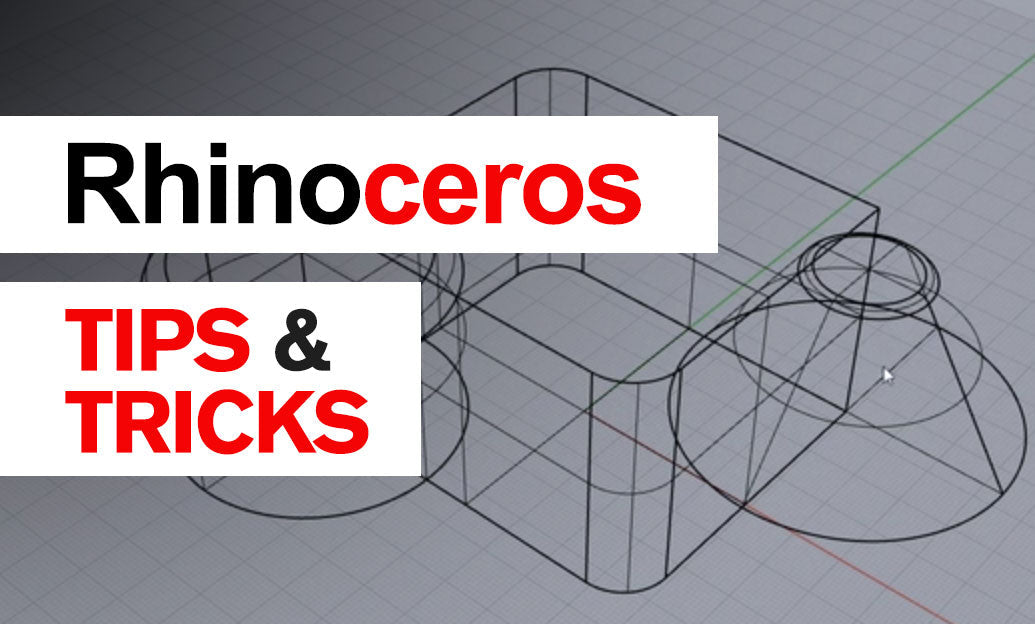Your Cart is Empty
Customer Testimonials
-
"Great customer service. The folks at Novedge were super helpful in navigating a somewhat complicated order including software upgrades and serial numbers in various stages of inactivity. They were friendly and helpful throughout the process.."
Ruben Ruckmark
"Quick & very helpful. We have been using Novedge for years and are very happy with their quick service when we need to make a purchase and excellent support resolving any issues."
Will Woodson
"Scott is the best. He reminds me about subscriptions dates, guides me in the correct direction for updates. He always responds promptly to me. He is literally the reason I continue to work with Novedge and will do so in the future."
Edward Mchugh
"Calvin Lok is “the man”. After my purchase of Sketchup 2021, he called me and provided step-by-step instructions to ease me through difficulties I was having with the setup of my new software."
Mike Borzage
AutoCAD Tip: Enhancing Rendering Techniques for Photorealistic Presentations in AutoCAD
April 06, 2024 2 min read

Rendering in AutoCAD is a valuable process that can transform your 2D and 3D designs into photorealistic images or animations, making it easy to communicate design intent and aesthetics to clients or stakeholders. Today's tip will focus on enhancing your rendering techniques to create more realistic presentations within AutoCAD.
- Understand the Rendering Environment: Before beginning the rendering process, familiarize yourself with the rendering settings in AutoCAD. The 'Render' tab provides access to various settings that control the environment, lighting, and materials.
- Set Up Lighting: Proper lighting is crucial for a realistic render. AutoCAD allows you to use natural lighting from the sun, which can be adjusted based on location, date, and time, or artificial lights, such as point, spot, and distant lights.
- Apply Materials Thoughtfully: Materials give objects texture and color. Use the Materials Browser to apply and edit materials to ensure they accurately reflect the real-world surfaces you are trying to depict.
- Use High-Quality Textures: The realism of your render can be significantly enhanced by using high-resolution textures. Ensure that the textures you choose are suitable for the scale of your model.
- Adjust Camera Settings: The camera's position and settings can drastically change how your render looks. Experiment with different angles, focal lengths, and depth-of-field settings to achieve the desired effect.
- Experiment with Render Presets: AutoCAD offers various render presets from draft to presentation quality. While higher quality presets may take longer to render, they provide a more detailed and realistic image.
- Post-Processing: Post-processing in image editing software can help you fine-tune your rendered image. Adjust brightness, contrast, saturation, and other image attributes to elevate the overall presentation.
- Utilize Cloud Rendering: For complex scenes or large models, consider using AutoCAD's cloud rendering feature. This can save time and free up your local resources while rendering high-quality images.
- Practice Makes Perfect: Continuously experiment with different rendering techniques, settings, and compositions. This will not only improve your skills but also help you discover the render style that best suits your design.
Remember, rendering is not just a technical process but also an artistic one. Your goal should be to create an image that not only represents the design accurately but also evokes the intended mood and atmosphere. Embrace the opportunity to bring your design to life for your audience.
For professional tools and resources, visit NOVEDGE, where you can find advanced software solutions to enhance your rendering capabilities in AutoCAD.
You can find all the AutoCAD products on the NOVEDGE web site at this page.
Also in Design News

Design Software History: From Pen Computing to Pencil-First CAD: The Evolution of Mobile Design Tools, Kernels, and Cloud-Native Workflows
January 14, 2026 12 min read
Read More
Structure-Preserving Reduced-Order Models for Real-Time Control and Digital Twins
January 14, 2026 13 min read
Read MoreSubscribe
Sign up to get the latest on sales, new releases and more …



